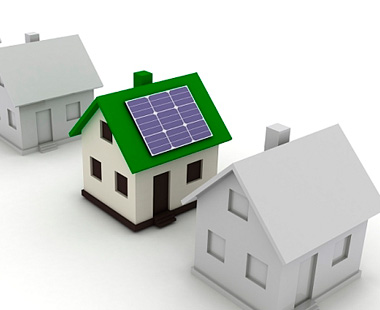Something is happening in the Delaware River watershed, something important and inspiring.
Yesterday over 100 people from dozens of New York, New Jersey, Pennsylvania and Delaware groups joined together in one of the most empowering actions I’ve been part of in a long time. For two and a half hours, led by Maya Van Rossom and Tracy Carluccio of the Delaware Riverkeepers Network, we nonviolently and creatively took over the latest meeting of the Delaware River Basin Commission.
We took this action because of the DRBC’s complete failure, so far at least, to deal with the 13 natural gas pipelines that are being built or are planned to be built through the Delaware River watershed. These pipelines will bring fracked gas from Pennsylvania and elsewhere to major east coast markets and, the gas industry hopes, to export terminals for sale overseas.
Yesterday, when it became clear that the commission had no intention of even discussing this issue despite official requests over several months from Delaware Riverkeepers and other groups, the no-fracking movement literally stood up and made their voices heard. One by one, from the audience, people got up to speak, following one another, without commission permission but eventual commission acquiescence. Dozens did so.
The stories people told were inspiring. There was the father of Alex Totorto speaking passionately about his son and others locking down and tree sitting to try to prevent the cutting down of trees to build the Tennessee gas pipeline. There was Maya Van Rossom articulating clearly and in commission language why this was their responsibility and how they had so far failed to do their job. There were speakers who pointed out that there is still a DRBC moratorium on fracking in the Delaware River basin and that it was hypocritical or worse for the commission to then allow all these fracking pipelines to go through the area. There were young people in their 20’s and one man who looked to be in his 80’s. There was a woman who sang a song for the commission and talked about how she didn’t have anything to give them in writing but she was giving them her heart via her song.
None of it visibly moved the commission. After two hours of heart-felt testimony, the commission chair literally said nothing about that testimony and proceeded to try to move ahead with their planned agenda. They didn’t respond to Maya Van Rossom’s request that they put the issue of the Tennessee gas and the other planned pipelines on this agenda. But we weren’t done.
Prior to the meeting a song sheet with the words to This Land Is Your Land had been distributed, and as the commission chair used her microphone to try to conduct business, we all stood up and began loudly singing this Woody Guthrie song. We moved forward towards the commission, blocked about 10 feet away from them by security personnel. Within a couple of minutes, the commission was forced to stop attempting to do their business and, instead, they sat silently as, for the next half hour, until they officially adjourned, we sang and chanted. We sang This Land several times, as well as We Shall Not Be Moved and We Shall Overcome, substituting in those civil rights songs appropriate verses for this 21st century struggle for a clean energy revolution, for our threatened Mother Earth and all of its life forms.
James Connolly, the Irish nationalist, socialist and labor leader martyred after the Easter Uprising in 1916, wrote over 100 years ago about the importance of song to a genuine mass movement. He wrote, “No revolutionary movement is complete without its poetical expression. If such a movement has caught hold of the imagination of the masses, they will seek a vent in song for the aspirations, the fears and hopes, the loves and hatreds engendered by the struggle. Until the movement is marked by the joyous, defiant singing of revolutionary songs, it lacks one of the most distinct marks of a popular revolutionary movement.”
The fracking movement is popular, and it is growing in strength and in organization. Just this past weekend there was a highly successful national conference in Dallas, Texas organized by the Stop the Frack Attack network, attended by 300 or more people from around the USA. There was no question at this conference but that this movement is about nothing less than a revolutionary change in where we get our energy and who controls it. We need to move away from centralized, dirty, climate-wrecking fossils fuels to clean, renewable energy sources like the sun and the wind, all happening as part of a process of a truly democratic transformation of society.
One of our chants yesterday as we stood, sang and chanted close to the commission was this one: “Tell me what democracy looks like; This is what democracy looks like.” People speaking up, speaking from the heart, refusing to stand by and allow injustice and destruction to take place without a fight, putting what is right for us and future generations before anything else. This is truly what democracy looks like, and we need more of it.


